This handheld water quality tester features ambient temperature compensation, ensuring stable data and allowing for long-term calibration. The 6 in 1 water quality tester features an intelligent scoring function for quick water quality assessment, using the LCD backlight to indicate four levels: excellent, good, fair, and poor. This professional water quality tester is primarily used for testing drinking water, including tap water, purified water, and groundwater.
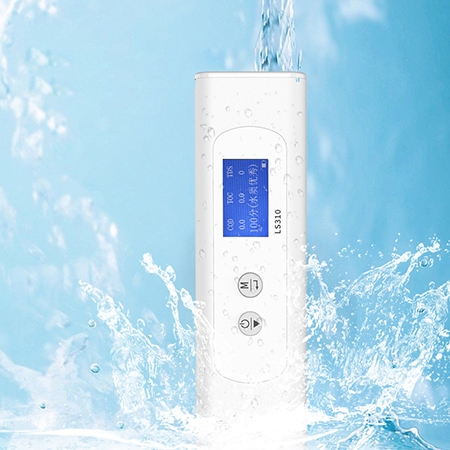
Durable and Portable Water Quality Checker
- Waterproof and Dustproof Sensor: IP-67 waterproof and dustproof sensor, effectively preventing testing interference and ensuring accurate readings.
- Portable Size: The compact digital tester is easy to carry and ideal for testing your aquarium, pool, drinking water, or garden pond.
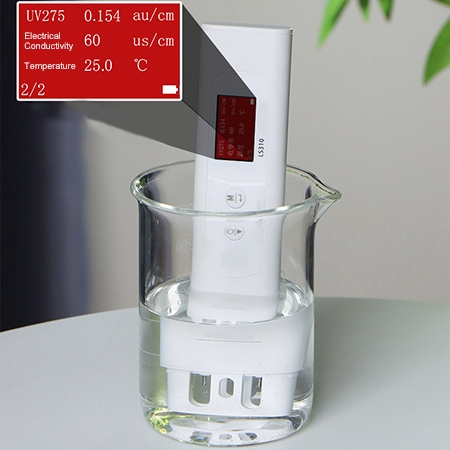
Multifunctional One-Button Switching Water Quality Tester
- The water quality test pen features a 6-in-1 design, capable of measuring COD, TOC, TDS, EC, UV275 and temperature with high precision.
- Data-hold function: Allows users to temporarily freeze the current reading on the display, making it easier to record and review measurements.
Applications
SISCO's multi-functional water quality tester, with its high precision and versatility, provides reliable water quality testing solutions in various environments. Whether it's monitoring drinking water quality, food salinity or adjusting and maintaining the water quality in hydroponics systems, it allows users to quickly and accurately measure key indicators such as Total Dissolved Solids (TDS), Electrical Conductivity (EC), salinity and pH levels. Additionally, it is ideal for testing swimming pool water, helping users balance the water quality by adjusting pH levels to maintain a healthy swimming environment. Whether for home use or commercial applications, this water quality tester meets a wide range of water testing needs.
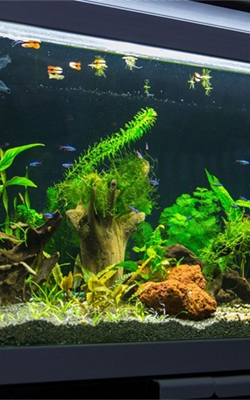
Aquarium Water
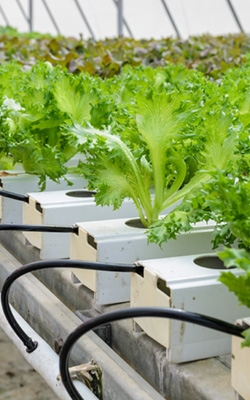
Hydroponics

Food Salinity
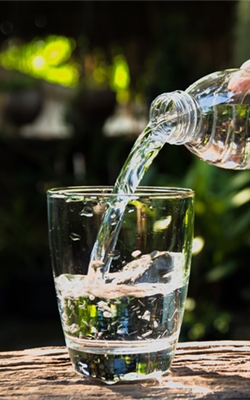
Drinking Water
| Model | SISCO-WQT-LS310 |
| Test Targets | Tap water, purified water, bottled water, groundwater; surface water (non-sewage), and other drinking water. |
| Test Parameters | COD (oxygen consumption), TOC (total organic carbon), UV275 (ultraviolet absorbance), TDS (total dissolved solids), EC (conductivity), and T (temperature). |
| Measurement Range | COD (0-100 mg/L), TOC (0-100 mg/L), UV275 (0-1.0 au/cm), TDS (0-2000 ppm), conductivity (0-4000 µs/cm), and temperature (0-50°C). |
| Resolution | COD (0.01 mg/L), TOC (0.01 mg/L), UV275 (0.001 au/cm), TDS (1 ppm), conductivity (1 µs/cm), and temperature (0.1°C). |
| Measurement Accuracy | COD: (0-5mg/L: ±0.5mg/L; 5-100mg/L: ±10%H, H is the standard value) |
| TOC: (0-5mg/L: ±0.5mg/L; 5-100mg/L: ±10%H, H is the standard value) | |
| UV275: (0-0.1au/cm: ±0.01au/cm; 0.1-1.0au/cm: ±10%H, H is the standard value) | |
| TDS: 0-100ppm: ±5ppm; 100-2000ppm: ±5%H, H is the standard value | |
| Conductivity: 0-200µs/cm: ±10µs/cm; 200-4000µs/cm: ±5%H, H is the standard value | |
| Temperature: ±1°C | |
| Display | 240*135 1.14-inch TFT color screen |
| Power Supply | 2 AA alkaline dry batteries (NOT INCLUDING) |
| Measurement Temperature Range | 0-50°C |
| Storage Temperature Range | -10-60°C, 0-85% RH (non-condensing) |
| Dimensions | 157*37*14mm |
| Weight | 68g |
Q1: What is a good TDS reading for drinking water?
A1: A good Total Dissolved Solids (TDS) reading for drinking water typically falls between 50 and 300 parts per million (ppm). Water with TDS levels within this range is generally considered safe and palatable, providing a balance of essential minerals without affecting taste or quality. While the World Health Organization (WHO) suggests that water with TDS levels below 300 ppm is acceptable, levels below 50 ppm may lack necessary minerals, and readings above 300 ppm can indicate excessive impurities or high mineral content, which could affect the taste and potentially pose health concerns over long-term consumption.
Q2: What parameters can a water quality tester measure?
A2: A water quality tester can measure several key parameters to assess the safety and purity of water. Common measurements include Total Dissolved Solids (TDS), which indicates the concentration of dissolved substances like minerals and salts; Electrical Conductivity (EC), which reflects the water’s ability to conduct electricity and indirectly shows the level of ionized substances; and pH levels, which determine the acidity or alkalinity of the water. Some testers also measure temperature, as it can affect other readings, and dissolved oxygen (DO), which is critical for aquatic life. Additionally, advanced testers may monitor turbidity, chlorine levels, and specific contaminants like nitrates or heavy metals. These parameters together give a comprehensive overview of water quality.
Q3: How to calibrate water quality tester?
A3: Calibrating a water quality tester is essential for ensuring accurate measurements. The calibration process typically involves using standard solutions with known values for the specific parameters you intend to measure, such as pH, TDS, or EC. Start by rinsing the electrode or probe with distilled water to remove any contaminants. Then, immerse it in the calibration solution that corresponds to the parameter being calibrated. For pH meters, you may need to use multiple standard solutions (commonly at pH 4.00 and 7.00) to create a calibration curve. Follow the manufacturer's instructions to set the meter to recognize these values, usually by pressing a calibration button and allowing the device to adjust to the known readings.
After calibration, it is important to verify the accuracy of the tester by measuring a third standard solution to ensure the readings are consistent. If the readings deviate significantly from the expected values, repeat the calibration process. Regular calibration is advised, especially before critical measurements or after extended periods of non-use, as factors like temperature and electrode wear can affect accuracy. Keeping a calibration log can also help track when the device was last calibrated and maintain consistent measurement standards over time.
Tips: Can a water quality tester be used for both tap and well water?
Yes, a water quality tester can be used for both tap water and well water. These testers are designed to measure various water quality parameters such as pH levels, TDS (Total Dissolved Solids), chlorine, hardness, and more, regardless of the water source.
However, there are some differences between tap and well water that might affect the testing:
- Tap Water: Typically treated by municipal systems, it’s generally safe and free from harmful bacteria but might contain chemicals like chlorine or fluoride.
- Well Water: Since it comes from underground sources, it may contain contaminants like nitrates, bacteria, or high levels of minerals such as iron or calcium that can affect the results.
Therefore, regular testing is especially important for well water to monitor potential contaminants, whereas tap water testing helps ensure it meets safety standards.
Thank you for buying industrial test and measurement equipment on SISCO.com, all products sold by SISCO and the partner cover a 12 months warranty, effective from the date of receiving the products.
What is covered?
SISCO is responsible for providing free spare parts, and free technical support to assist the customer to repair the defective products until the problem is solved.
What is not covered?
- Product purchased from anyone other than a SISCO store or a SISCO authorized reseller.
- Expendable parts.
- Routine cleaning or normal cosmetic and mechanical wear.
- Damage from misuse, abuse or neglect.
- Damage from use of parts other than SISCO approved.
- Damage from use outside the product’s usage or storage parameters.
- Damage from use of parts not sold by SISCO.
- Damage from modification or incorporation into other products.
- Damage from repair or replacement of warranted parts by a service provider other than a SISCO authorized service provider.
- Damage caused by the application environment not meeting the product usage requirements and the failure to perform preventive maintenance.

